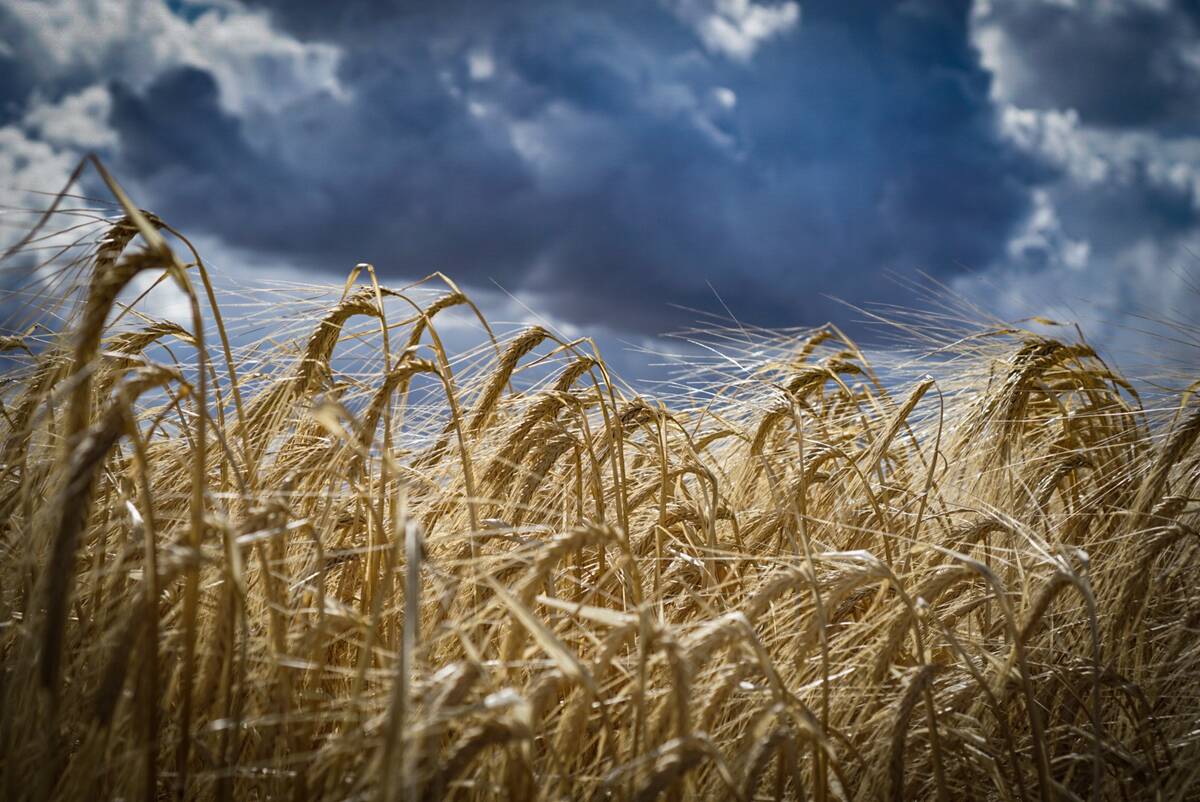The rise of powerful multinational meat packers and a captive supply are two factors being blamed for the steady erosion of cattle prices for two decades.
A year long study by the National Farmers Union charges that the consolidation into a few powerful packing companies in North America that also own cattle and pay farmers to raise them are squeezing the family farm and making it difficult for smaller organizations to compete.
It is wrong to attribute the most recent poor beef prices to a high Canadian dollar, volatile feed grain prices and lack of access to international markets, said Darrin Qualman, author of the report.
Read Also

Malting barley exporters target Mexican market
Canada’s barley sector is setting its sights on the Mexican market to help mop up some of the lost demand from China
“It is not BSE, it is not the dollar. There is something really broke here,” Qualman said.
NFU members requested the investigation.
“They were experiencing by the latter half of 2007, some of the worst cattle prices they could remember and that wasn’t supposed to be the case.
“BSE was supposed to ease and things were supposed to get back to a place where, if not great, at least give people a little breathing space. But instead, they found they were making nothing on their cattle,” he said.
Nor can the blame be laid on the cattle cycle of predictable high and low prices based on supply and demand.
Qualman said analyzing the depth of packer ownership of cattle and business mergers is difficult because there is limited research in Canada, although it has been well studied in the United States.
“Captive supply is a big one. We really think that it is a key to get these groups who would rather talk about the value of the dollar and grain prices, to get them talking about the ways in which the dominant players are reorganizing the system through things like captive supply and corporate concentration and the way they are reorganizing the system to increase their power, thus increase their capacity to take profit,” Qualman said.
The study looks at cattle prices from 1936 to the present. Between 1947-89, prices for slaughter steers ranged from $130 to $280 per hundredweight, adjusted for inflation. Between September 2007 and August 2008, fat steers averaged $85 cwt.
The price turning point seems to be 1989, the year that the Canada-U.S. Free Trade Agreement was signed and when Cargill Foods opened its large processing plant at High River, Alta. At that time, most cities across Canada had packing plants. Most of these are gone now and three packers remain – Cargill, Tyson Foods and XL Meats.
XL, owned by Brian and Lee Nilsson, is still working through the regulatory process to buy Tysons at Brooks, Alta. If the sale is approved, Western Canada would be left with two packer owners, which limits the number of bidders in the field.
“We are almost moving toward single desk buying in Canada,” Qualman said.
“We have just given the whole thing to Cargill and Tyson and let them structure it for us.”
The study, which was to be released Nov. 19 at the NFU annual meeting in Saskatoon made 15 recommendations that include a return to more farmer control and a government ban of captive supply. The report will be distributed to all MPs and be posted on the NFU website.
“A lot of those recommendations will meet a lot of resistance from some of the dominant players interested in maintaining the status quo,” he said.
Mainstream beef organizations have not been proactive on this issue.
“We think sometimes that the mainline cattle organizations too often take a one-for-all and all-for-one approach and increasingly, as these packers use captive supply and reorganize and concentrate, increasingly the interest of family farm interests are really different than the interests of packers,” he said.
Resolutions to ban packer ownership of cattle presented in the past to organizations like Alberta Beef Producers have been defeated.
“These cattle organizations really need to be spurred to talk a little more honestly and clearly about the power of packers and about the different interests of packers on the one hand and retailers, and on the other hand family farm cow-calf producers and medium sized feeders,” Qualman said.
Change needs to come from farmers themselves because government cannot take full responsibility, although it could ban captive supply. Ranchers need to look at the information, go to meetings and advance some solutions.
“No one is going to do it for them,” Qualman said.
Big packers and retailers who prefer the status quo are likely to resist change. It is difficult to start a smaller enterprise in an industry dominated by giants.
Canada also needs a national meat strategy where farmers can raise cattle and hogs with processing available in their area. That is the opposite of what exists now, with a high concentration based in southern Alberta.
Representatives from the Canadian Cattlemen’s Association and other beef analysts were unavailable for comment by the paper’s deadline.















